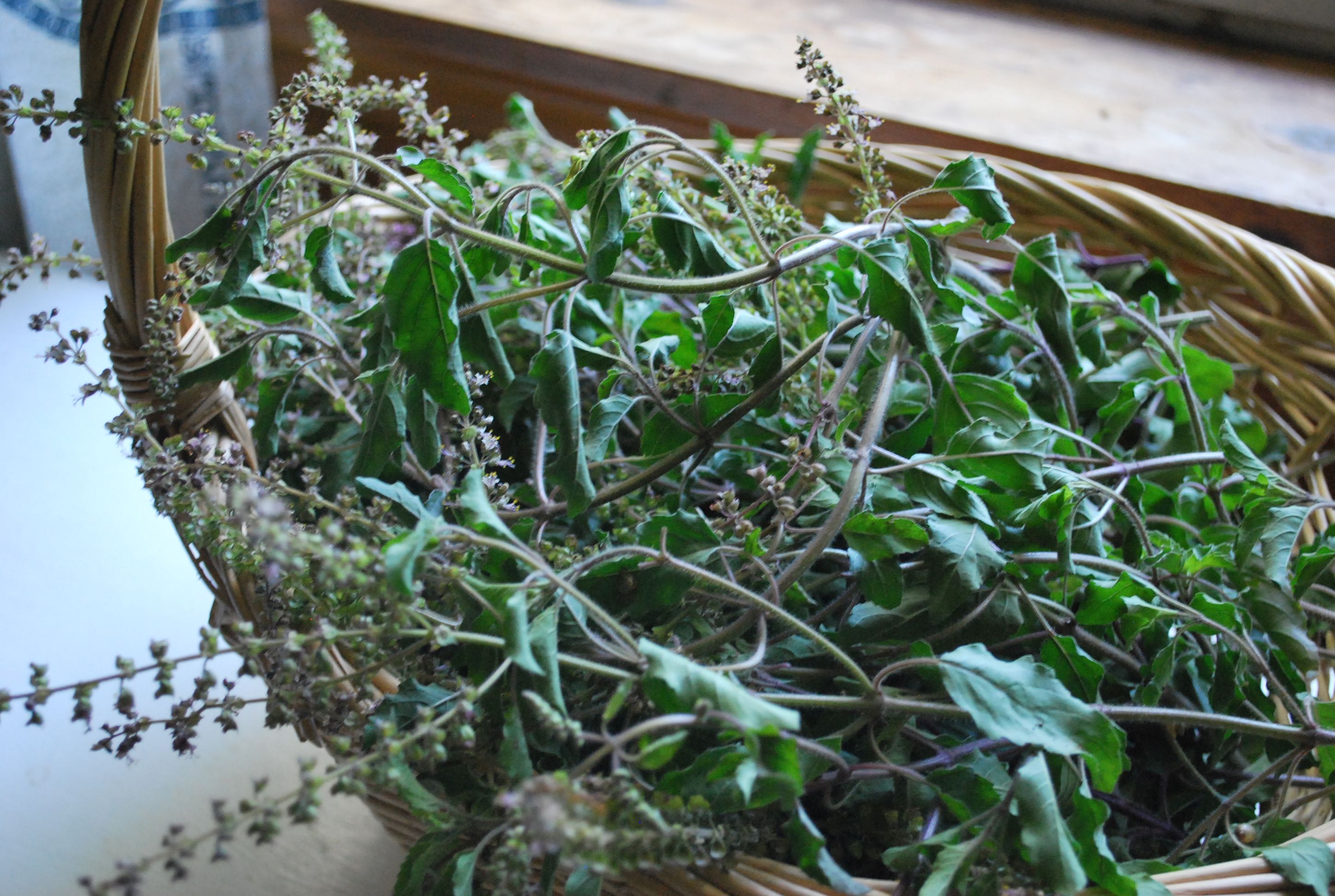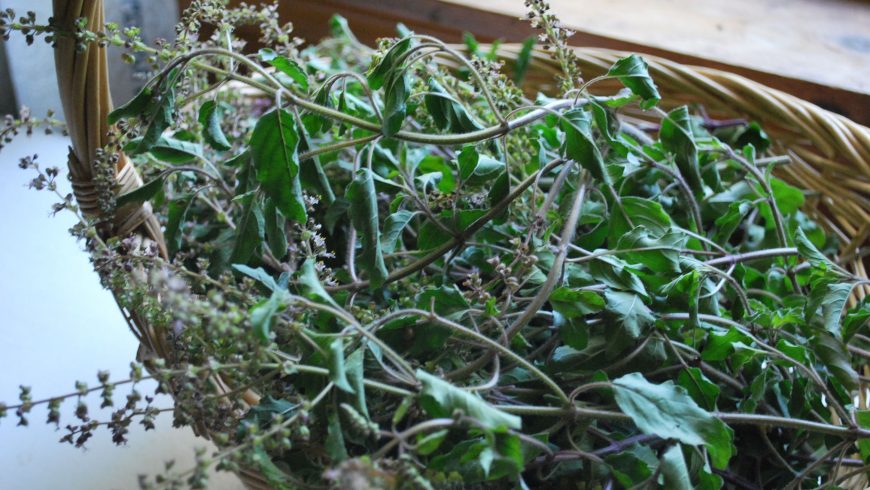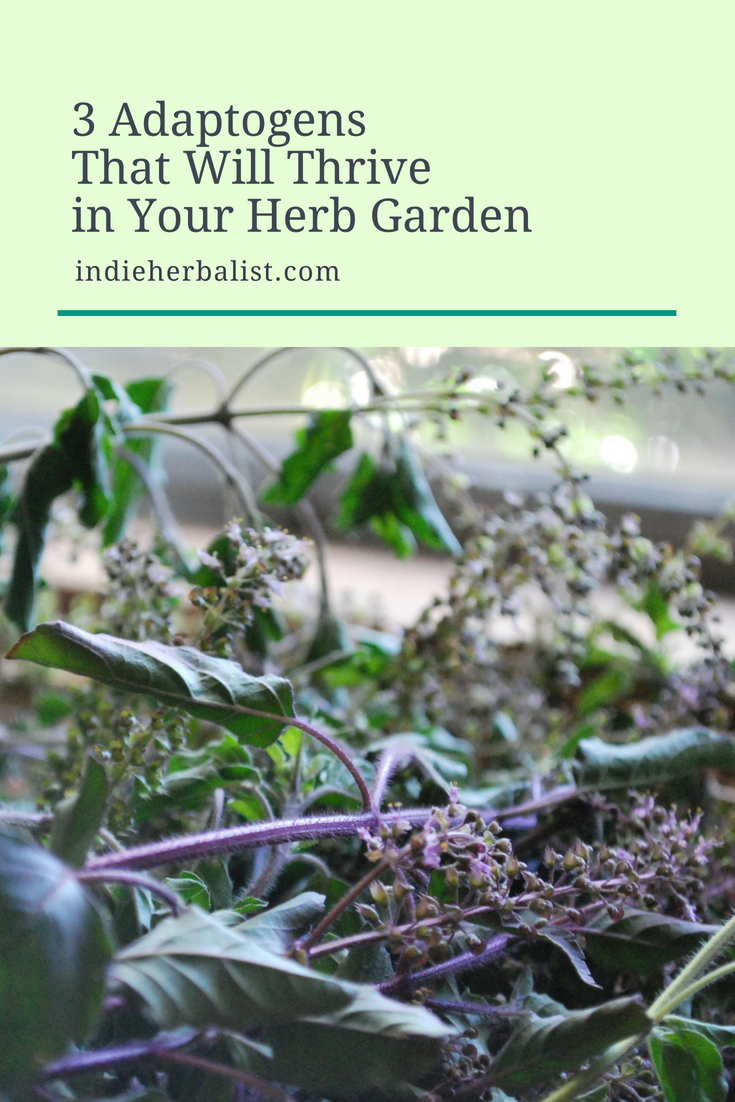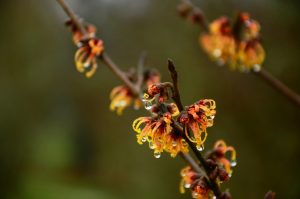Links contained in this post and elsewhere on my website may include affiliate links. When you make a purchase through these links, I earn a commission at no additional cost to you. I only link to products and services that I love - and that I think you will love, too!
Read Time:2 Minute, 15 Second

Adaptogens have a reputation as being exotic and difficult to procure, but there are actually several that are simple and rewarding to grow at home. Jiaogulan, tulsi (aka holy basil), and eleuthero are three adaptogens that typically do very well in a home garden. Let’s take a look at what they need!
Jiaogulan
Gynostemma pentaphyllum
I love, love, love, my little jiaogulan plant. My garden struggled last year because we had a very bad drought, so I potted up some jiaogulan and brought it indoors because it actually makes a really good houseplant. All it needs is a deep pot with rich potting soil, a sunny windowsill, and regular food and water.
I love, love, love, my little jiaogulan plant. My garden struggled last year because we had a very bad drought, so I potted up some jiaogulan and brought it indoors because it actually makes a really good houseplant. All it needs is a deep pot with rich potting soil, a sunny windowsill, and regular food and water.
Mine usually needs water about once a week and I’ve been feeding every other week during the winter with a basic houseplant fertilizer. In the garden, it prefers a shady location with damp, fertile soil. It’s not frost hardy, so if you grow it out of doors in areas colder than zone 7 or 8 you will need to sow from seed every year or bring it indoors for the winter.
Tulsi
Occimum sanctum
Tulsi is part of the mint family, and distantly related to the garden basil of Italian pesto fame. Like garden basil, it’s very easy to start from seed and can be grown as an annual in your herb garden. In tropical climates it’s a perennial.
Tulsi is part of the mint family, and distantly related to the garden basil of Italian pesto fame. Like garden basil, it’s very easy to start from seed and can be grown as an annual in your herb garden. In tropical climates it’s a perennial.
I grow mine in the garden but have also grown it in a container on the patio (again, that drought!) and it had no trouble being moved around outside. However, when I tried to bring mine indoors to over-winter as an experiment, I couldn’t find a spot that made it happy. Permaculture News has an article and video about growing tulsi that you can check out if you’d like more info!
Eleuthero
Eleutherococcus senticosus
Unlike jiaogulan and tulsi, eleuthero gets very large- so you will need more space for it to grow. It’s an understory shrub native to Siberia and needs a colder climate, but will need to be protected from late frosts if you have warm weather that causes it to leaf out early. Pollinators love it, though, and it has fragrant, globe shaped flowers that are just as appealing to people! Avena Botanicals has a nice video about eleuthero that touches on some of the propagation needs, as does Mountain Gardens.
Unlike jiaogulan and tulsi, eleuthero gets very large- so you will need more space for it to grow. It’s an understory shrub native to Siberia and needs a colder climate, but will need to be protected from late frosts if you have warm weather that causes it to leaf out early. Pollinators love it, though, and it has fragrant, globe shaped flowers that are just as appealing to people! Avena Botanicals has a nice video about eleuthero that touches on some of the propagation needs, as does Mountain Gardens.
These aren’t the only adaptogens that can be grown at home, of course, but they make an interesting place to start! Have you ever tried growing tulsi, jiaogulan, or eleuthero? I’d love to hear your experiences in the comments below.
All the best,
Agatha
Agatha





